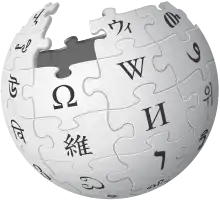Nebra sky disc
English

The Nebra sky disc
Alternative forms
- Nebra Sky Disc
Proper noun
- (archaeology) A bronze disc featuring gold symbols inlaid on a blue-green patina, generally interpreted as depicting the Sun or full moon, a lunar crescent and stars (including a group that may be the Pleiades), dated to circa 1800–1600 BCE and attributed to the Unetice culture of the early European Bronze Age.
- 2013, Harald Meller, “Chapter 14A: The Sky Disc of Nebra”, in Harry Fokkens, Anthony Harding, editors, The Oxford Handbook of the European Bronze Age, Oxford University Press, page 266:
- The Nebra Sky Disc is one of archaeology's prime finds because its cosmological iconography offers a unique insight into the mental processes of Bronze Age people.
- 2013, Chris Impey, Holly Henry, “Dreams of Other Worlds”, in Paperback, Princeton University Press, published 2016, page 190:
- Discovered near the town of Nebra in Germany, the Nebra sky disc is believed by archaeoastronomers to be a Bronze Age durable sky map dating back to 1600 BC.
- 2016, Robin Melrose, Religion in Britain from the Megaliths to Arthur, McFarland, page 50:
- The Nebra sky disc, dated to 1600 BC, was found on the Mittelberg, a hilltop site near Nebra in Saxony-Anhalt, eastern Germany, along with two bronze swords, two hatchets, a chisel and fragments of spiral bracelets.
Translations
bronze disc dating from the European Bronze Age
|
Further reading
 Trundholm sun chariot on Wikipedia.Wikipedia
Trundholm sun chariot on Wikipedia.Wikipedia
This article is issued from Wiktionary. The text is licensed under Creative Commons - Attribution - Sharealike. Additional terms may apply for the media files.